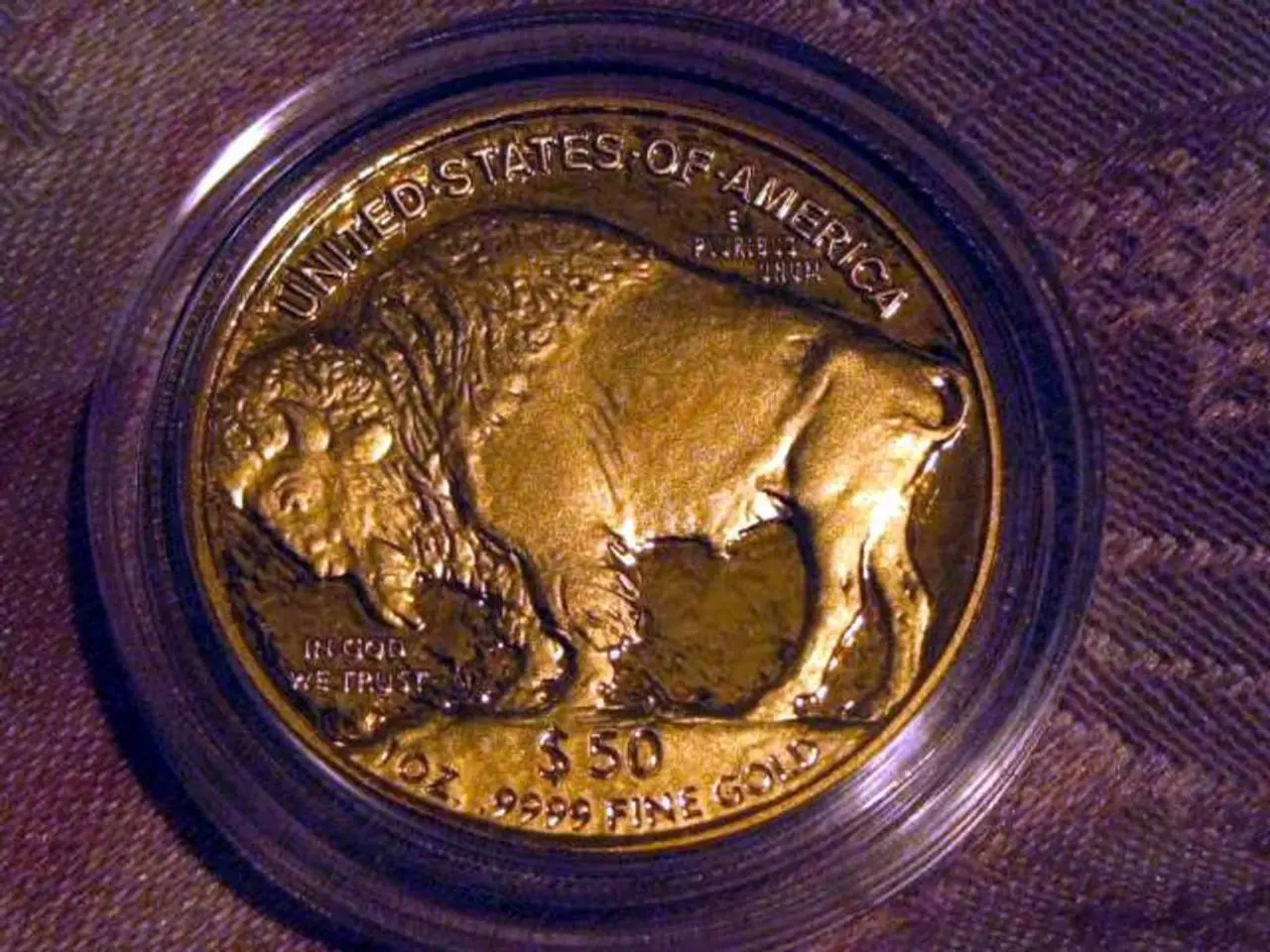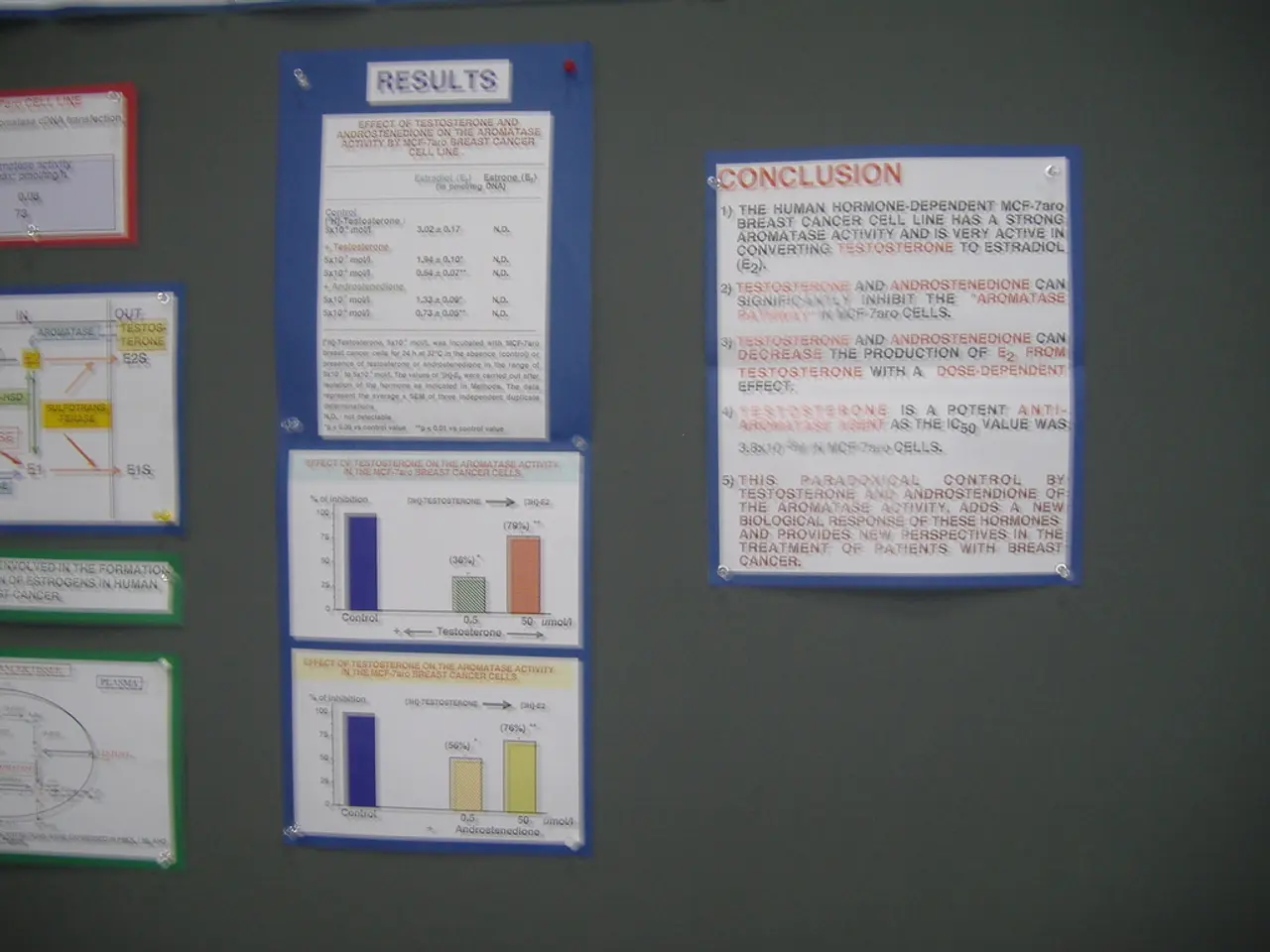Top 18 Vast Holdings of Gold, Silver, and Associated Minerals
In the ever-evolving world of finance, the Precious Metals Index has emerged as a beacon of resilience, driven by a series of compelling factors that have propelled its constituent metals to new heights. The current trends driving this surge are primarily influenced by geopolitical risks, policy uncertainty, inflation concerns, and supply-demand imbalances.
These factors have led to significant price rallies in precious metals, especially gold, positioning them as safe-haven assets amid market volatility. Ongoing geopolitical tensions and unpredictable trade tariffs, particularly involving the U.S., have driven investors toward gold as a safe-haven asset. The re-imposition of tariffs and trade uncertainties amplify this trend by increasing market risk and volatility.
Precious metals continue to be viewed as a hedge against inflation. Limited annual production growth (1-2%) versus fiat currency expansion underpins their value. Potential triggers for further price surges include new quantitative easing programs, stock market corrections, banking instability, and weakening U.S. dollar levels.
Accelerated gold purchases by central banks are creating additional demand pressure. This structural demand is contributing to an ongoing bull market for gold with prices forecasted to reach as high as $4,000/oz by mid-2026. Platinum and other precious metals are also facing supply shortages relative to demand, an issue forecasted to persist through 2025 and beyond, which supports price strength in the broader precious metals complex.
Gold prices have surged about 30% year-to-date in 2025, reaching $3,500/oz in April and are expected to average $3,675/oz in Q4 2025, climbing further toward $4,000/oz by Q2 2026 according to J.P. Morgan Research. Various AI and market forecasts align with continued upward momentum for precious metals through 2025.
The beneficiaries of this sustained bull market are manifold. Gold mining companies such as Barrick Gold, Newmont Corporation, and Agnico Eagle Mines benefit directly from rising gold prices and strong demand. Companies involved in platinum, palladium, and silver mining also gain as supply constraints tighten and demand increases, including entities like Sibanye Stillwater and Anglo American Platinum.
Financial products tracking the Precious Metals Index or gold prices see inflows as investors seek inflation protection and safe-haven exposure. Central banks and strategic reserves, while not companies, also indirectly benefit from this trend by supporting prices and thereby benefiting mining companies and metal producers.
In summary, the Precious Metals Index is mainly propelled by heightened geopolitical risks, inflation concerns, monetary easing prospects, and supply-demand imbalances. Gold miners and producers of other precious metals stand to gain significantly from these trends amid a sustained bull market outlook through 2025 and into 2026. The electrification of the world, particularly in electric mobility and energy grids, is a significant factor contributing to the demand for copper, another key metal within the Precious Metals Index.
- Given the rise in geopolitical tensions and uncertain trade policies, many investors are turning to gold as a safe-haven asset in the ever-evolving world of finance, making it an attractive option for those seeking inflation protection and safe-haven exposure through financial products that track the Precious Metals Index or gold prices.
- On-going geopolitical risks, inflation concerns, and limited annual production growth of precious metals compared to fiat currency expansion, combined with the potential for quantitative easing programs and stock market corrections, are driving the price strength in the broader precious metals complex, positioning companies like Barrick Gold, Newmont Corporation, and Agnico Eagle Mines, as well as other precious metal miners, to gain significantly in the sustained bull market outlook through 2025 and into 2026.




